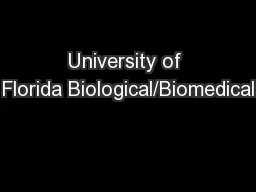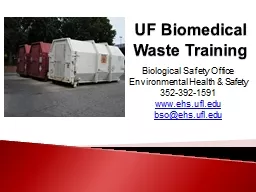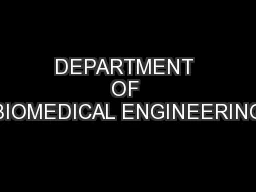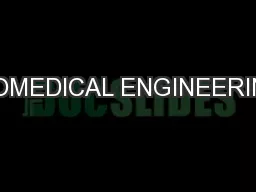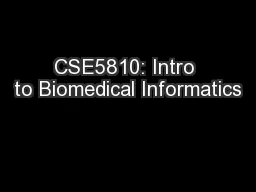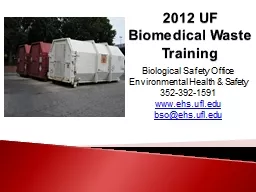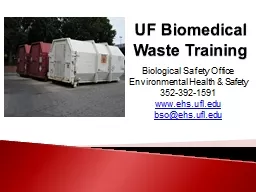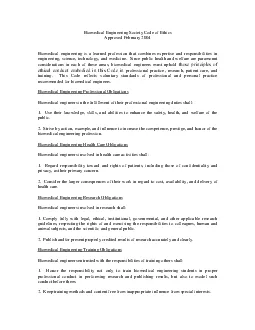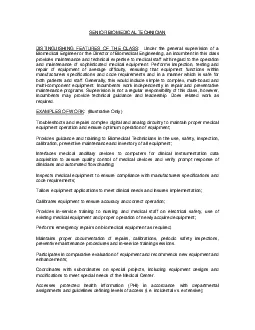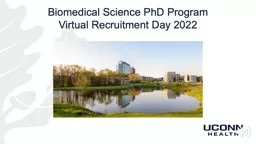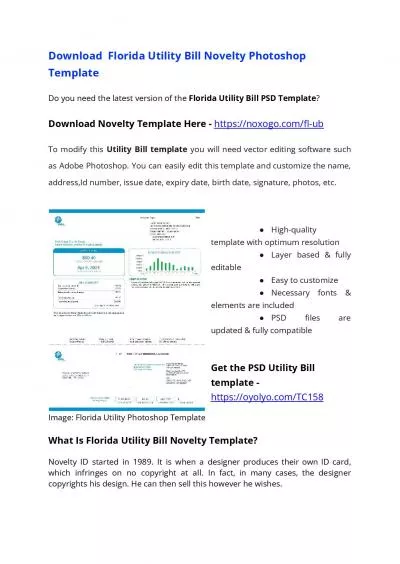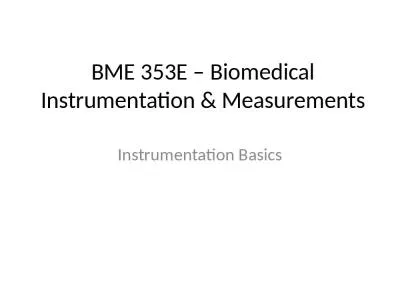PPT-University of Florida Biological/Biomedical
Author : mitsue-stanley | Published Date : 2017-06-12
Waste Training Biological Safety Office Environmental Health amp Safety 3523921591 wwwehsufledu bsoehsufledu Sharon Judge PhD Associate Biosafety Officer Biological
Presentation Embed Code
Download Presentation
Download Presentation The PPT/PDF document "University of Florida Biological/Biomedi..." is the property of its rightful owner. Permission is granted to download and print the materials on this website for personal, non-commercial use only, and to display it on your personal computer provided you do not modify the materials and that you retain all copyright notices contained in the materials. By downloading content from our website, you accept the terms of this agreement.
University of Florida Biological/Biomedical: Transcript
Download Rules Of Document
"University of Florida Biological/Biomedical"The content belongs to its owner. You may download and print it for personal use, without modification, and keep all copyright notices. By downloading, you agree to these terms.
Related Documents

